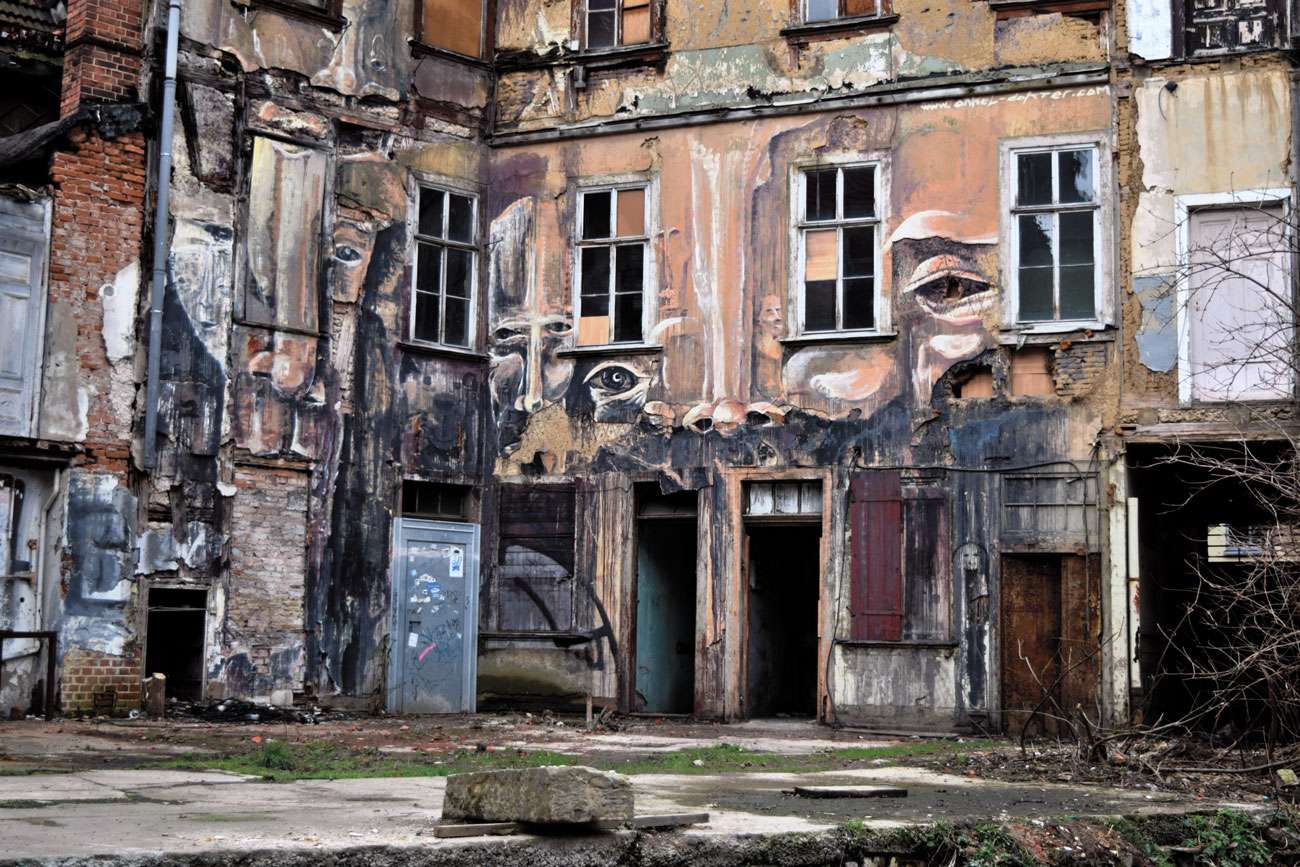
The young men, boys really, involved in this unpleasant act above were Ettore and myself, on the 25th of July the year Mussolini was deposed by the Italian King Vittorio Emmanuele the 3rd and general Badoglio was given the job to form another government. We used a lump of chalk from the local builders’ yard and wrote on the wall of the Nunnery: VIVA IL RE, VIVA BADOGLIO and ABBASSO MUSSOLINI. (long live the King and Badoglio, down with Mussolini).
After such an act of defiance to fascism, we quietly returned home proud of what we had achieved, but a little fearful of being discovered by our parents for having “desecrated” the walls of the Nuns’ house; in those days nuns were respected as much as the priests in small villages.
Nothing more happened until the 8th of September 1943: the King signed an armistice with the Allies, when Sicily was taken by American and British troops after one of the quickest campaigns of the war.
On that famous day, Ettore and I went to buy the daily ration of milk at the dairies and, as often happens, the armistice was announced by “vox populi”. We returned to our home (with the milk, of course) and my mother who knew French well, told me all about it after hearing all the particulars of the situation, from the French free radio station.
All the people in the village went to the main square singing and dancing and I joined them with my piano accordion playing local songs. It was something so joyful, after three years of bad news. The church bells were ringing after being silenced since the beginning of the war.
All this was 75 years ago and only thinking of it, gives me goose pimples remembering what followed in the next 18 months.
After the armistice, the soldiers involved in the war, deposed arms; some were take prisoners by the Allies, but the majority were happily returning home.
I had two uncles taken prisoner by the Allies, one in Abyssinia the other in Sicily. Both remained in captivity until 1945 and their lives as prisoners will form another contribution to the Cranleigh Magazine.
On the 10th of September 1943 the German troops under the command of General Kesserling, occupied Italy and set up a line of defence north of Naples centered on the Apennines mountains. This included Monte Cassino where the Benedictine order of monks instituted by St Benedict in 5th century, built the famous Monastery 100 years later.
Our village was situated in north eastern Italy in an area occupied by the Austrian army in 1916 after the Italian defence collapsed at Caporetto. It is in direct line with the route taken by the Austrians through the San Boldo pass; the “luminaries” in the village (who knew it well) assured the villagers that it must be the way the Germans would be taking too. We were still on school holiday and a group of us thought to take turns standing on a hill from where we could see any troops movement and send warning to the men in the village so they could either hide or take refuge in the hills. That is how the “partisan” movement started in our area.
The hills in the area still have signs of it: caves with hidden entrances, dugouts and other defence fixtures. The Germans never came from that direction and our job lasted only a few hours because the long columns of lorries full of armed soldiers travelled along the road made by the Romans, enlarged and tarmacked by Mussolini.
To be continued next month. – Giovanni Fontebasso











